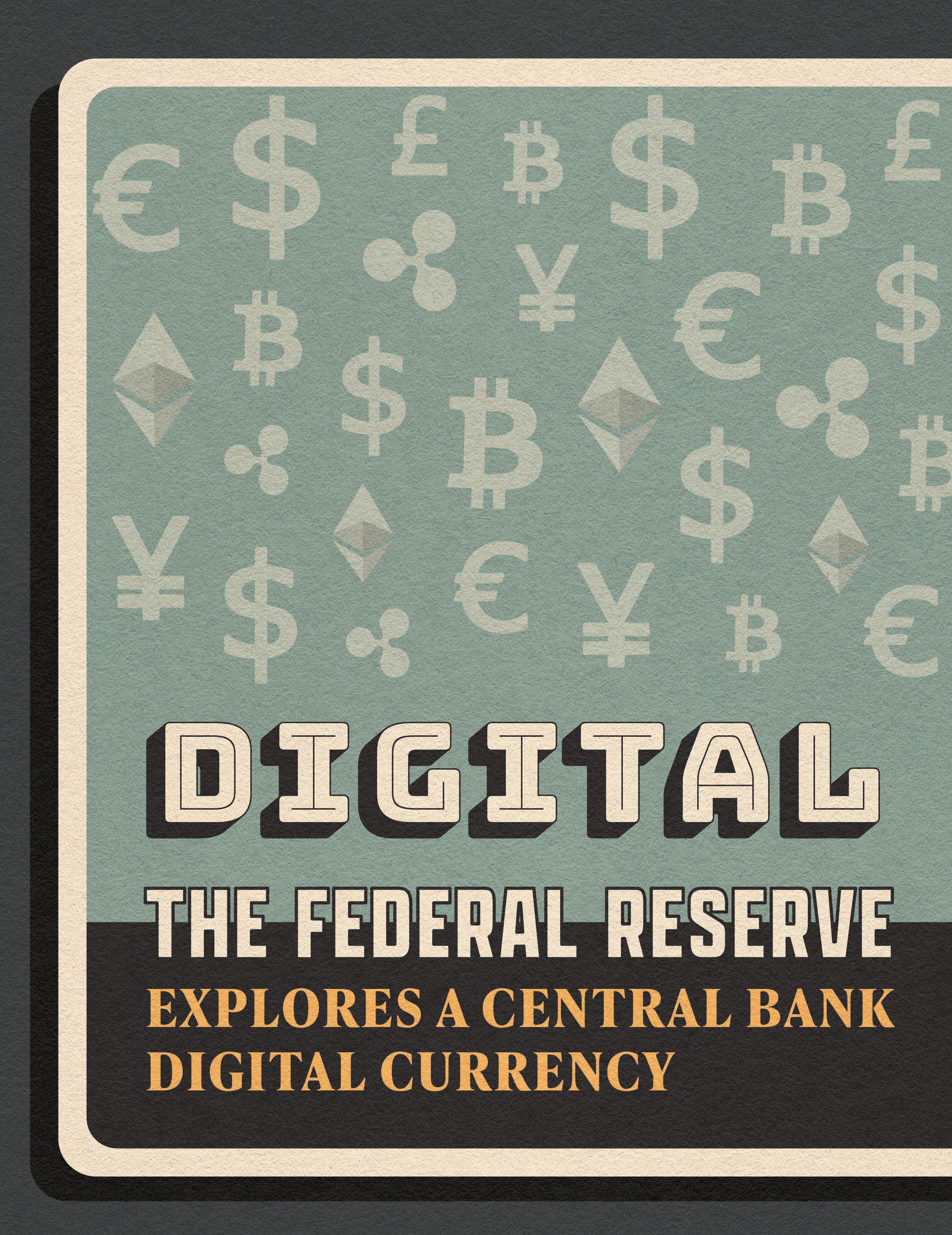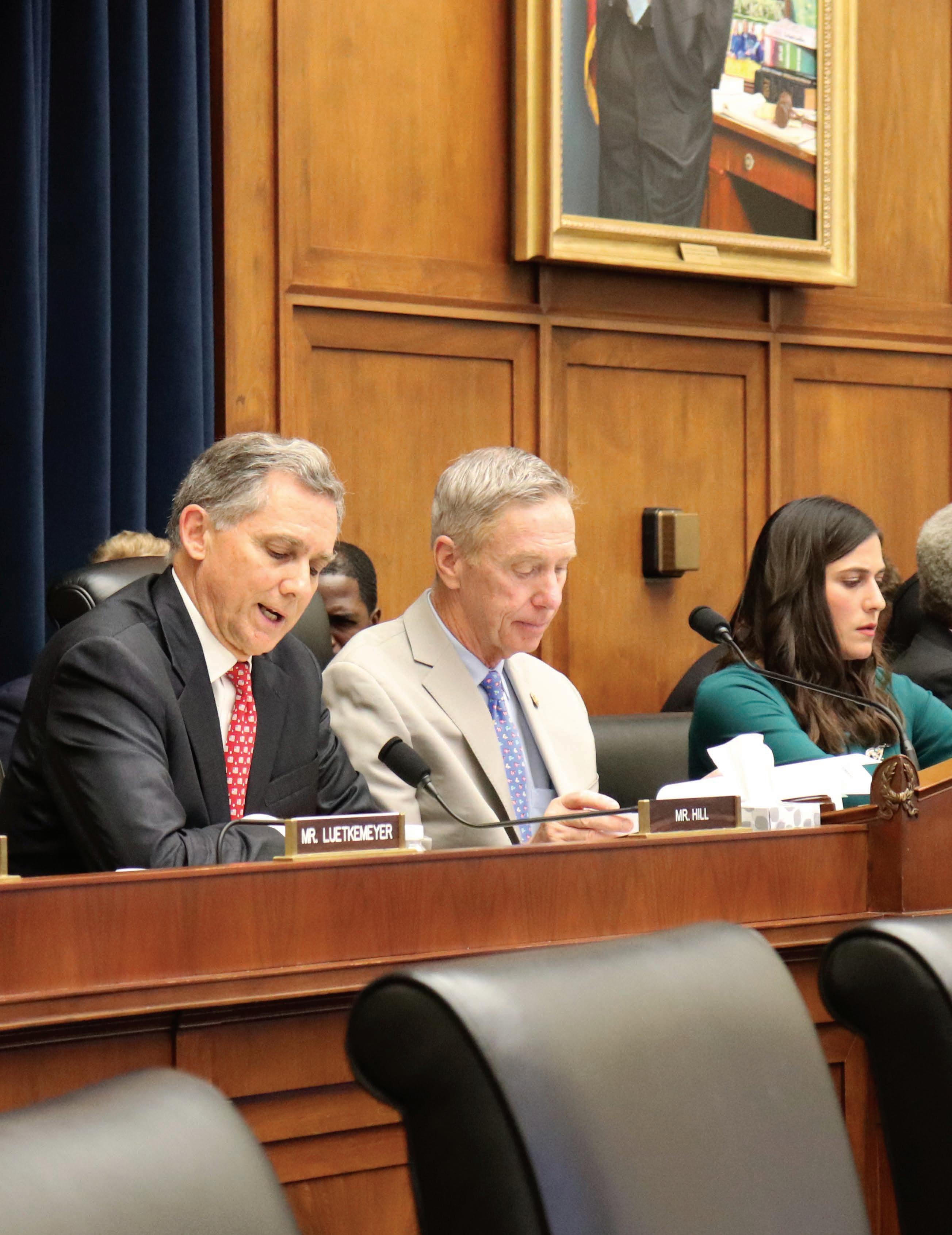GUEST
C O M M E N TA R Y
Top 5 Banking and Fintech Trends For 2021 and Beyond Ron Shevlin
|
Director of Research
2021: THE YEAR OF VALUE CHAIN DISRUPTION Claims of “disruption” in financial services have centered on changes at the customer interaction level—i.e., digital account applications, user interfaces, etc. That hasn’t really resulted in much true disruption because there is a whole value chain of activities that occur leading up to the point of customer interaction—and little of that has changed to date. Changes (or disruptions) to the value chain have certainly been in the works for awhile now, but 2021 is going to shine a much brighter spotlight on those activities— making 2021 (and beyond) the year of value chain disruption in banking and fintech.
#1 THE BAT TLE FOR SMALL BUSINESS MOVES UP (AND DOWN) THE VALUE CHAIN
2020 saw three important developments in the battle for small business relationships:
A.
PPP loans. The Paycheck Protection Program was important because it enabled many mid-size and small banks and credit unions to lend to small businesses overlooked or turned away by the
12
•
SPRING 2021
|
Cornerstone Advisors
bigger banks where those small businesses hold their deposit accounts.
B. Goldman Sachs/Amazon
partnership. Amazon finally cracked open the door to third parties to directly lend to the platform’s merchants. It’s an important move because Amazon issued $1 billion in merchant cash advances to its merchants a couple of years ago.
C.
Stripe’s announcement of Stripe Treasury. According to
Stripe’s press release: “Stripe Treasury will enable platforms like Shopify to offer merchants access to financial products. Platforms can offer users interest-earning accounts eligible for FDIC insurance and enable customers to have near-instant access to revenue earned through Stripe, and then: 1) spend it directly from their balance with a dedicated card, 2) transfer it via ACH or wire transfer, or 3) pay bills.” The first development was important for many mid-sized banks because it gave them direct access to a new set of potential customers. But to the extent that the small businesses involved are Amazon merchants or Stripe customers, that direct connection is meaningless.
Amazon’s and Stripe’s ability to embed banking services (deposit accounts and loans) into their existing services gives those firms (and their partners) a major advantage because they have ongoing access to data about those merchants and a near-zero cost of acquisition for those products. Game over? Not quite. From a small business value chain perspective, Amazon, Stripe, and even Square are involved at the point of sale or payment activity—which are at the middle of the value chain. Activities at the beginning of the value chain—production, inventory management, payroll, etc.—and after payments in the value chain like invoicing, accounts receivable, etc., are often invisible to Amazon, Stripe, and Square. In addition, according to a study of small businesses by Cornerstone Advisors, small businesses accept, on average, 11 forms of payment—most of which are not supplied by Stripe or Square. According to Cornerstone’s study, small businesses spend more than $500 billion on accounting/bookkeeping, invoicing, bill payment and payment acceptance services from third-party providers.















